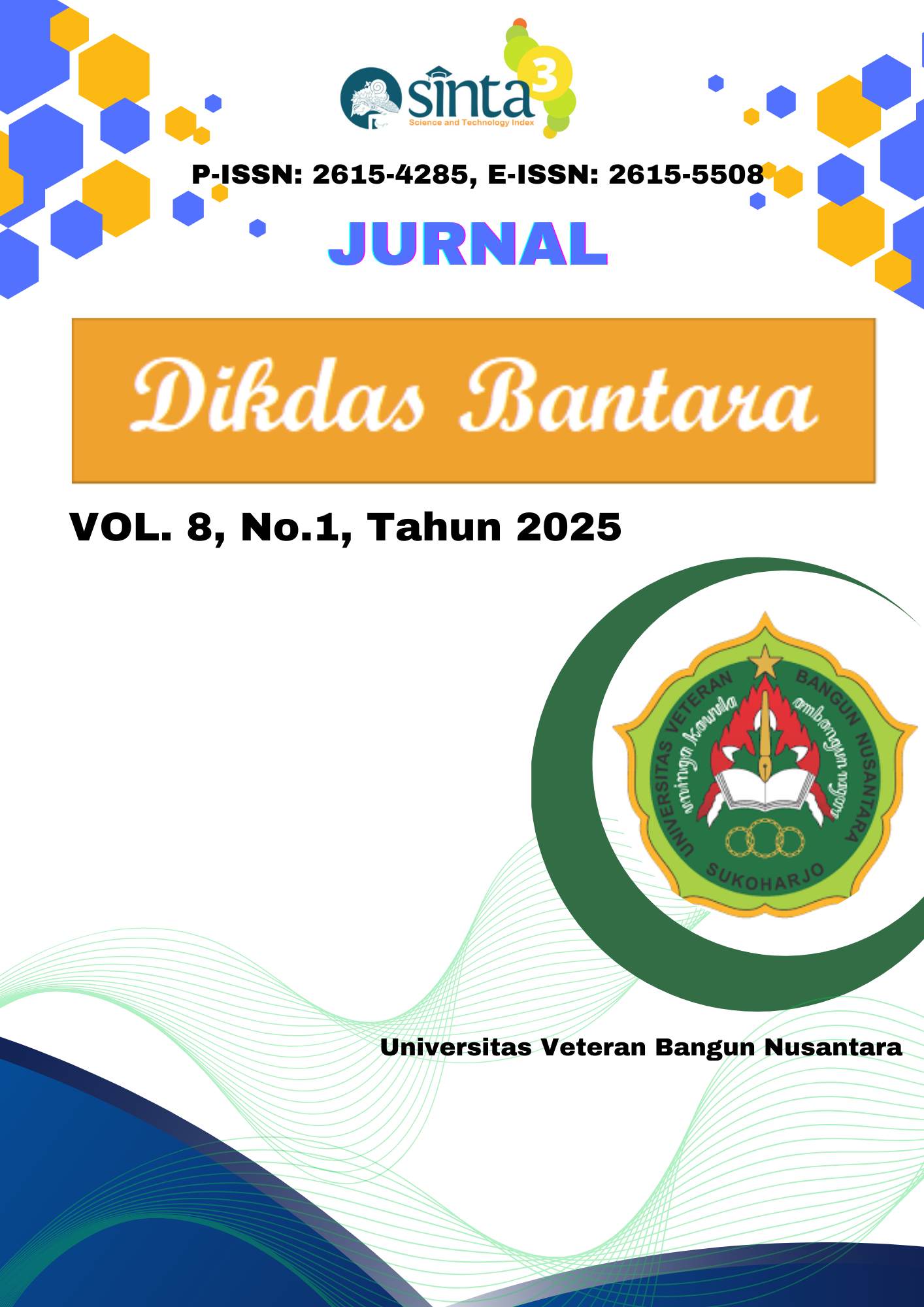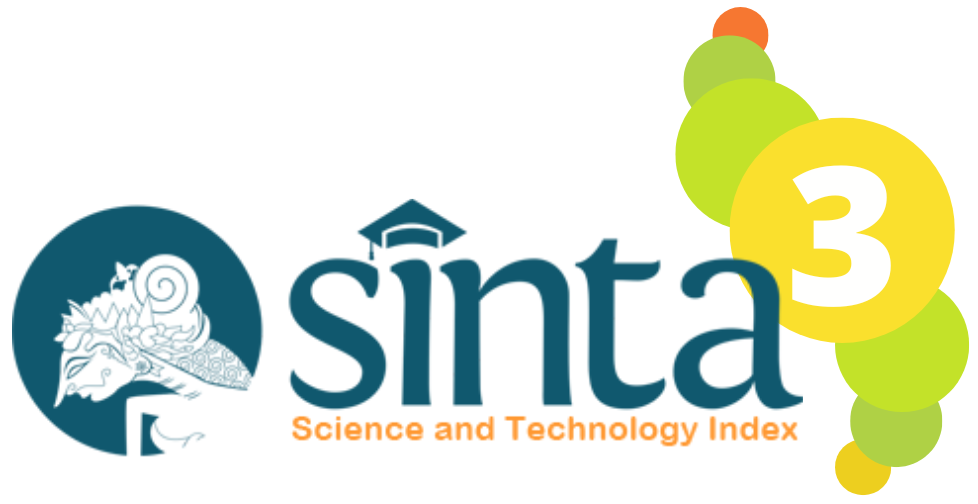IMPLEMENTATION OF THE BEHAVIORIST APPROACH TO CHARACTER FORMATION THROUGH PPKN AND P5 VALUES AT SDN GONDANGSARI 1 KLATEN
DOI:
https://doi.org/10.32585/dikdasbantara.v8i1.6988Abstract
This study aims to examine the implementation of Pancasila and Civic Education (PPKn) values and the Pancasila Student Profile (P5) through a behaviorist approach in shaping the character of fifth-grade students at SDN Gondangsari 1 Klaten. A descriptive qualitative method was employed, utilizing observation, interviews, and documentation techniques. The findings reveal that consistent application of positive and negative reinforcement effectively shapes student behavior to become more disciplined, responsible, and active in learning activities. PPKn values and P5 dimensions such as collaboration, honesty, and independence were developed through habituation and direct reinforcement by the teacher. However, implementing this strategy requires flexibility, as not all students respond in the same manner. Therefore, the behaviorist strategy is proven effective when combined with a responsive approach tailored to students' needs. These findings are relevant for teachers, schools, and curriculum developers in fostering character education in elementary schools.
Downloads
Downloads
Published
Issue
Section
License
Copyright (c) 2025 Muhammad Ghozy Alfarisy, Aynin Mashfufah, Giri Prasetyo, Septiana Agustin, Dwi Anggraeni Siwi

This work is licensed under a Creative Commons Attribution-ShareAlike 4.0 International License.
The copyright to this article is transferred to Jurnal Dikdas Bantara if and when the article is accepted for publication under Creative Commons Attribution-ShareAlike 4.0 International License. The undersigned hereby transfers any and all rights in and to the paper including without limitation all copyrights to Jurnal Dikdas Bantara. The undersigned hereby represents and warrants that the paper is original and that he/she is the author of the paper, except for material that is clearly identified as to its original source, with permission notices from the copyright owners where required. The undersigned represents that he/she has the power and authority to make and execute this assignment.We declare that:
1. This paper has not been published in the same form elsewhere.
2. It will not be submitted anywhere else for publication prior to acceptance/rejection by this Journal.
3. A copyright permission is obtained for materials published elsewhere and which require this permission for reproduction.
Furthermore, I/We hereby transfer the unlimited rights of publication of the above-mentioned paper in whole to Jurnal Dikdas Bantara. The copyright transfer covers the right to reproduce and distribute the article, including reprints, translations, photographic reproductions, microform, electronic form (offline, online), or any other reproductions of similar nature. The corresponding author signs for and accepts responsibility for releasing this material on behalf of any and all co-authors. After submission of this agreement signed by the corresponding author, changes of authorship or in the order of the authors listed will not be accepted.
Retained Rights/Terms and Conditions
1. Authors retain all proprietary rights in any process, procedure, or article of manufacture described in the work.
2. Authors may reproduce or authorize others to reproduce the work or derivative works for the author’s personal use or for company use, provided that the source and the Jurnal Dikdas Bantara copyright notice are indicated, the copies are not used in any way that implies Jurnal Dikdas Bantara endorsement of a product or service of any employer, and the copies themselves are not offered for sale.
3. Although authors are permitted to re-use all or portions of the work in other works, this does not include granting third-party requests for reprinting, republishing, or other types of re-use.



















